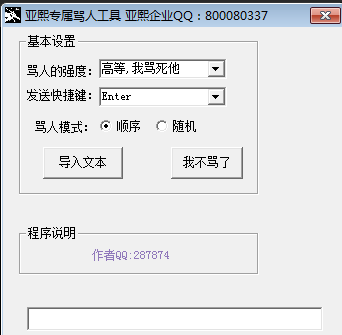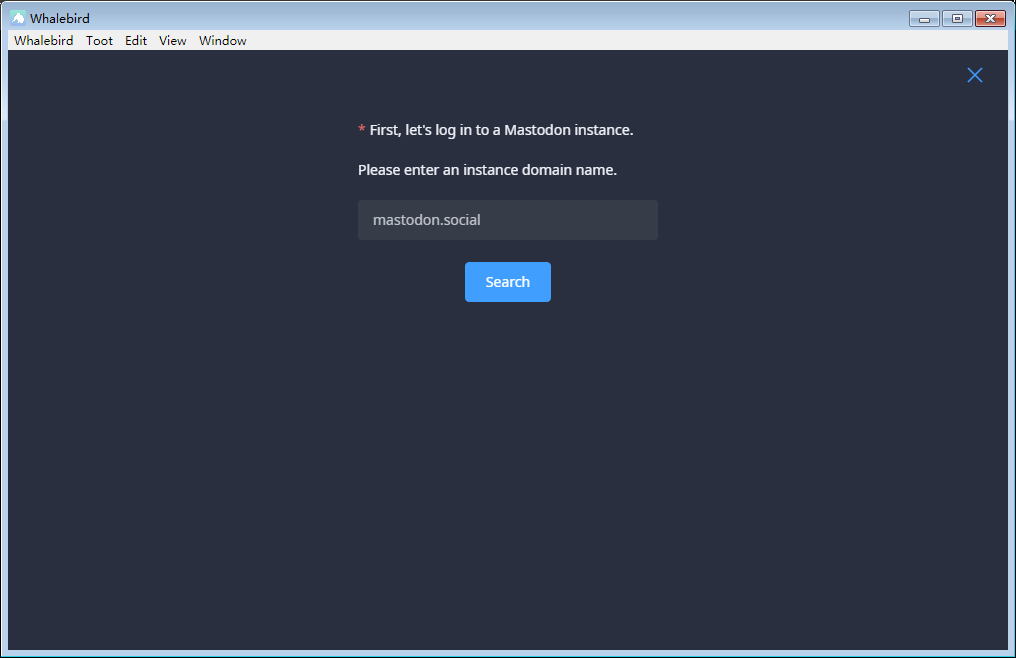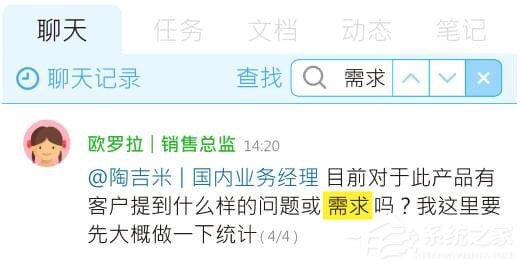MongoDB数据修改总结
时间:2022-03-13 23:36
- MongoDB数据修改总结
- 2013-10-26 10:08:30 来源:huhui的专栏
- MongoDB数据修改总结 1.前言 最近在学习MongoDB,数据修改这一部分的内容较多,命令比较繁琐,所以将一些常用的修改命令总结在这篇博客中,方便今后学习的查阅。 2.命令总结 1). insert() db.collection.insert(x) x就是要更新的对象,只能是单条记录,如: [plain] db.collection.insert({_id:1,name:"test",count:1}) 当需要批量插入的时候,可以在shell中使用for循环,如: [plain] for(var i=0;i<16;i++){ db.mytest.insert({_id:i,name:"test"+i,count:i}) } 此时如果用find()命令查询插入的数据,结果是这样的: [plain] > db.mytest.find() { "_id" : 0, "name" : "test0", "count" : 0 } { "_id" : 1, "name" : "test1", "count" : 1 } { "_id" : 2, "name" : "test2", "count" : 2 } { "_id" : 3, "name" : "test3", "count" : 3 } { "_id" : 4, "name" : "test4", "count" : 4 } { "_id" : 5, "name" : "test5", "count" : 5 } { "_id" : 6, "name" : "test6", "count" : 6 } { "_id" : 7, "name" : "test7", "count" : 7 } { "_id" : 8, "name" : "test8", "count" : 8 } { "_id" : 9, "name" : "test9", "count" : 9 } { "_id" : 10, "name" : "test10", "count" : 10 } { "_id" : 11, "name" : "test11", "count" : 11 } { "_id" : 12, "name" : "test12", "count" : 12 } { "_id" : 13, "name" : "test13", "count" : 13 } { "_id" : 14, "name" : "test14", "count" : 14 } { "_id" : 15, "name" : "test15", "count" : 15 } 2). update() db.collection.update( criteria, objNew, upsert, multi ) 四个参数的说明如下: criteria: update的查询条件,类似sql update查询内where后面的 objNew: update的对象和一些更新的操作符(如$,$inc...)等,也可以理解为sql update查询内set后面的 upsert: 这个参数的意思是,如果不存在update的记录,是否插入objNew,true为插入,默认是false,不插入。 multi: mongodb默认是false,只更新找到的第一条记录,如果这个参数为true,就把按条件查出来多条记录全部更新。 几个查询例子如下: db.mytest.update({count:{$gt:1}},{$set:{name:"ok"}}) 只更新第一条记录 db.mytest.update({count:{$gt:3}},{$set:{name:"ok"}},false,true) 大于3的全部更新了 db.mytest.update({count:{$gt:4}},{$set:{name:"ok123"}},true,false) 只更新了一条 db.mytest.update({count:{$gt:6}},{$set:{name:"ok123"}},true,true) 大于6的全部更新了 3). save() db.collection.save(x) x是要插入的对象,效果与上面的insert命令一样。save与insert的区别是这样的: 在进行插入数据的操作中,当遇到_id相同的情况下,save完成保存操作,insert则会保存;即_id相同情况下,save相当于更新操作。 下面是一些MongoDB的更新操作符 4). $inc 用法:{$inc:{field:value}} 意思是对一个数字字段field增加value: [plain] > db.mytest.find({_id:1}) { "_id" : 1, "name" : "test1", "count" : 1 } > db.mytest.update({_id:1},{$inc:{count:1}}) > db.mytest.find({_id:1}) { "_id" : 1, "name" : "test1", "count" : 2 } //count字段加1 value的值也可以为负,就相当于减一个值: [plain] > db.mytest.update({_id:1},{$inc:{count:-2}}) > db.mytest.find({_id:1}) { "_id" : 1, "name" : "test1", "count" : 0 } //值从2减到0 5). $set命令 用法:{$set:{field:value}} 相当于在关系型中sql的set field=value,全部数据类型都支持$set操作 [plain] > db.mytest.update({_id:1},{$set:{count:111}}) > db.mytest.find({_id:1}) { "_id" : 1, "name" : "test1", "count" : 111 } //修改数值型 > db.mytest.update({_id:1},{$set:{name:"MongoDB"}}) > db.mytest.find({_id:1}) { "_id" : 1, "count" : 111, "name" : "MongoDB" } //修改字符型 6). $unset 用法:{$unset:{field:1}} [plain] > db.mytest.find({_id:1}) { "_id" : 1, "count" : 111, "name" : "MongoDB" } > db.mytest.update({_id:1},{$unset:{name:1}}) > db.mytest.find({_id:1}) { "_id" : 1, "count" : 111 } //删除了字段name 7). $push 用法:{$push:{field:value}} 把value追加到field中取,field一定是数据类型才行,如果field不存在,会新增一个数组类型加进去: [plain] > db.mytest.update({_id:15},{$set:{array:["aaa","bbb"]}}) > db.mytest.find({_id:15}) { "_id" : 15, "array" : [ "aaa", "bbb" ], "count" : 15, "name" : "ok123" } 使用push追加数据: [plain] > db.mytest.update({_id:15},{$push:{array:"ccc"}}) > db.mytest.find({_id:15}) { "_id" : 15, "array" : [ "aaa", "bbb", "ccc" ], "count" : 15, "name" : "ok123" } push一次只能追加一个值,如果需要追加多个值,则需要使用$pushAll: [plain] > db.mytest.update({_id:15},{$pushAll:{array:["ddd","eee","fff"]}}) > db.mytest.find({_id:15}) { "_id" : 15, "array" : [ "aaa", "bbb", "ccc", "ddd", "eee", "fff" ], "count" : 15, "name" : "ok123" } 8). $addToSet 用法:{$addToSet:{field:value}} 增加一个值到数组内,而且只有当这个值不在数组内才增加: [plain] > db.mytest.update({_id:15},{$addToSet:{array:"123"}}) > db.mytest.find({_id:15}) { "_id" : 15, "array" : [ "aaa", "bbb", "123" ], "array2" : [ "mmm", "nnn"], "count" : 15, "name" : "ok123" } > db.mytest.update({_id:15},{$addToSet:{array:"aaa"}}) > db.mytest.find({_id:15}) { "_id" : 15, "array" : [ "aaa", "bbb", "123" ], "array2" : [ "mmm", "nnn"], "count" : 15, "name" : "ok123" } 9). $pop 删除数组内的一个值,删除最后一个值:{$pop:{field:1}} ,删除第一个值:{$pop:{field:-1}} [plain] > db.mytest.find({_id:15}) { "_id" : 15, "array" : [ "aaa", "bbb", "123" ], "array2" : [ "mmm", "nnn"], "count" : 15, "name" : "ok123" } > db.mytest.update({_id:15},{$pop:{array:1}}) > db.mytest.find({_id:15}) { "_id" : 15, "array" : [ "aaa", "bbb" ], "array2" : [ "mmm", "nnn" ], "count" : 15, "name" : "ok123" } 10). $pull 用法:$pull:{field:value} 从数组中删除一个等于value的值: [plain] > db.mytest.find({_id:15}) { "_id" : 15, "array" : [ "aaa", "bbb" ], "array2" : [ "mmm", "nnn" ], "coun t" : 15, "name" : "ok123" } > db.mytest.update({_id:15},{$pull:{array:"aaa"}}) > db.mytest.find({_id:15}) { "_id" : 15, "array" : [ "bbb" ], "array2" : [ "mmm", "nnn" ], "count" : 15, "name" : "ok123" } 11). $pullAll 用法同$pull,可以一次删除数组内的多个值: [plain] > db.mytest.find({_id:15}) { "_id" : 15, "array" : [ "bbb" ], "array2" : [ "mmm", "nnn" ], "count" : 15,"name" : "ok123" } > db.mytest.update({_id:15},{$pullAll:{array2:["mmm","nnn"]}}) > db.mytest.find({_id:15}) { "_id" : 15, "array" : [ "bbb" ], "array2" : [ ], "count" : 15, "name" : "ok123" } 12). $ 可以理解为数组定位器,看一个官方文档的例子: [plain] > t.find() { "_id" : ObjectId("4b97e62bf1d8c7152c9ccb74"), "title" : "ABC", "comments" : [ { "by" : "joe", "votes" : 3 }, { "by" : "jane", "votes" : 7 } ] } > t.update( {‘comments.by‘:‘joe‘}, {$inc:{‘comments.$.votes‘:1}}) > t.find() { "_id" : ObjectId("4b97e62bf1d8c7152c9ccb74"), "title" : "ABC", "comments" : [ { "by" : "joe", "votes" : 4 }, { "by" : "jane", "votes" : 7 } ] } 需要注意的是,$只会找到第一条数组项,后面的就不管了: [plain] > db.mytest.find({_id:16}) { "_id" : 16, "x" : [ 1, 2, 3, 1 ] } > db.mytest.update({x:1},{$inc:{"x.$":1}}) > db.mytest.find({_id:16}) { "_id" : 16, "x" : [ 2, 2, 3, 1 ] } 还有一点需要注意,当$配合$unset使用的时候,会留下一个null的数组项,这个问题可以使用{$pull:{x:null}}解决: [plain] > db.mytest.find({_id:16}) { "_id" : 16, "x" : [ 2, 2, 3, 1 ] } > db.mytest.update({x:3},{$unset:{"x.$":1}}) > db.mytest.find({_id:16}) { "_id" : 16, "x" : [ 2, 2, null, 1 ] } > db.mytest.update({_id:16},{$pull:{x:null}}) > db.mytest.find({_id:16}) { "_id" : 16, "x" : [ 2, 2, 1 ] }



























